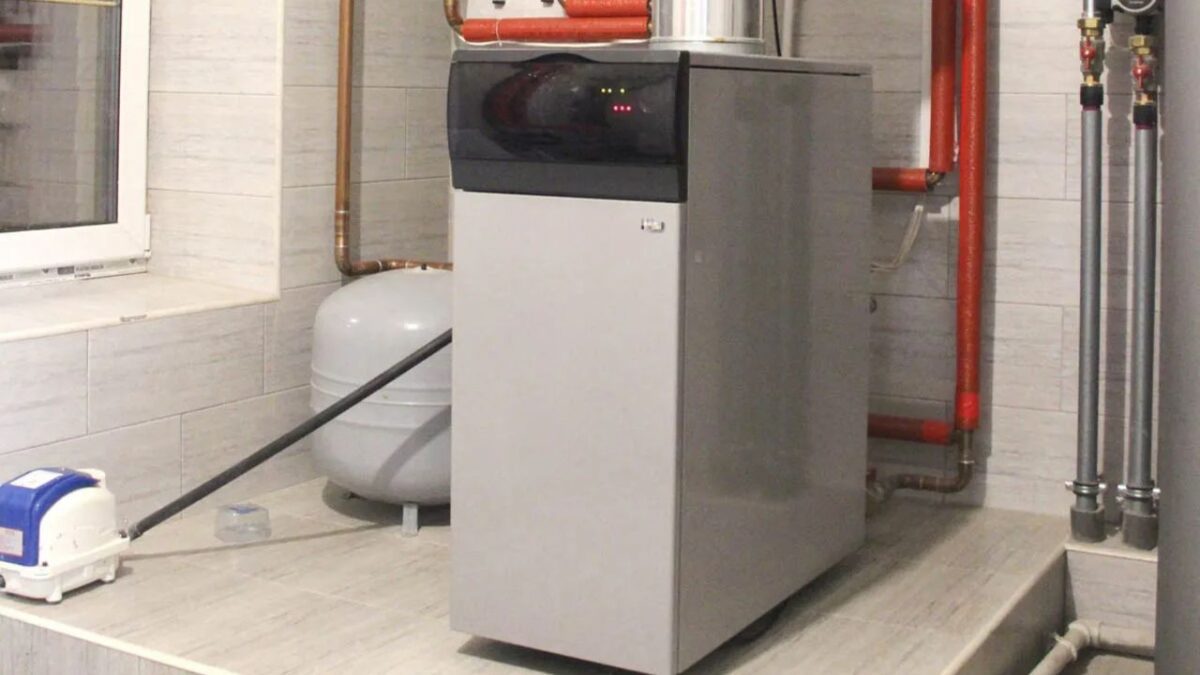Electric furnaces have become a popular choice for their energy efficiency, safety, and ability to provide consistent warmth without the emissions associated with gas alternatives. As 2024 brings new advancements, it’s a great time to explore the best electric furnace models that excel in performance, efficiency, and cost-effectiveness.
In this guide, we’ll highlight the top electric furnaces of 2024, covering key features, benefits, costs, and which models might be the best fit for different homes.
Best Electric Furnace Models of 2024
Here is the list of the most popular electric furnaces widely installed during 2024:
- AMANA Furnace: Amana is one of the Goodman brands which is definitely the most well-known air conditioner brand. This company has the best and average furnaces, although the products come with a good warranty. Amana also has enhancements that help improve its performance and energy conservation. ComfortBridge technology from the company involves two-way communication that decides the appropriate speed or stage of the furnace to use instead of your thermostat advising it.
- Lennox Furnace: Lennox has an impressive selection of more than 15 furnace models with various product lines. Like Carrier, it partners with Energy Star to provide high-efficiency furnaces. However, it has slightly higher energy efficiency, with some Lennox furnaces reaching 99% AFUE. Lennox also offers some of the quietest oil and gas furnaces with variable blower motors.
- Trane Furnace: Founded in 1913, Trane is an excellent option for a secure investment. It has a heat exchanger warranty for 20 years and a 10-year warranty on the parts and labor to give customers a guarantee of satisfaction. The gas furnaces are fully coated, heavily gauged, and two-tone powder-painted cabinets.
- American Standard: American Standard has grown to be a leading company in heating, especially after it was started in 1929. It produces affordable furnaces with a limited warranty of up to 10 years. It comes in many units: single fan motor, two-stage, and variable speed blower motor, depending on the capacity of the homeowner or how computerized they want it to be.

Features and Innovations
Electric furnaces in 2024 have come a long way in terms of energy-saving features and overall functionality. Here are some of the standout features:
High AFUE Ratings
The Annual Fuel Utilization Efficiency (AFUE) rating demonstrates how efficiently a furnace converts electricity into heat. Most of the latest furnaces boast AFUF ratings as high as 98%, which means lower energy wastage and more output.
Variable-Speed Blower Motors
Many models have a variable-speed blower motor that enables the furnace to vary the blower speed according to the amount of heat being demanded at any one time. It also has the advantage of silencing the circulation of air and bringing efficiency in the heating of the furnace.
Smart Thermostat Compatibility
Advanced electric furnaces in 2024 are compatible with smart thermostats, allowing homeowners to control the furnace remotely and optimize energy use. It also supplies energy usage reports on various types, allowing users to monitor and decrease electricity consumption.
Performance and Benefits
A high-quality electric furnace offers significant advantages beyond basic heating:
Consistent Heating
Current models feature electric furnaces with variable speed blowers and AFUE ratings on the higher end of the scale to give out constant heat and little temperature fluctuations.
Low Emissions and Eco-Friendliness
Electric furnaces are more environmentally friendly than the gas-dependent models since they emit no carbon. This is especially advantageous to homeowners who want to maintain a low-carbon footprint.
Quiet Operation
Today’s best electric furnaces are designed for quiet operation. Most models have built-in noise reduction systems that can barely be heard while the models run, which can be of immense help to families that prefer to install quiet electric furnaces.
Cost Breakdown
The cost of electric furnaces varies depending on size, features, and brand, but here’s a general overview to help you budget for your 2024 upgrade:
Initial Purchase Price
Prices usually go from $1,200 to $3,500 with regard to a high-quality electric furnace. Models contain features including variable-speed motors and built-in heater coils. It could be expensive but be more efficient.
Installation Costs
These cost between $800 to $2,000 dollars; Based on the size of the furnace and the complexity of the installation, together will be the local cost of labor.
Long-Term Savings
Although electric furnaces can be pricier initially than some gas options, they tend to have lower long-term maintenance costs. Modern furnaces don’t consume much electricity and are compatible with smart thermostats.
Best Fit for Home Types and Sizes
When selecting an electric furnace size, consider house size, climate, and specific heating needs. Here are some general guidelines:
- Small Homes: A compact, energy-efficient model with a lower heating capacity is suitable for smaller homes.
- Medium-Sized Homes: A mid-range model with a balanced heating capacity can effectively heat medium-sized homes.
- Large Homes: A high-capacity model with a powerful blower motor is an ideal electric furnace for large homes, especially in colder climates.
Conclusion
With several best electric furnace models 2024 available, homeowners have excellent options to choose from, each offering unique features and benefits. Whether you’re looking for a compact, quiet model for a small home or a powerful furnace for a larger space, understanding the AFUE rating, blower motor type, and energy-saving capabilities of each model can guide you to the best choice.
Contact us to get professional recommendations to choose the right furnace according to your house size.
FAQs
What is the best electric furnace model for 2024?
Some of the top electric furnace models in 2024 include those with high AFUE ratings, variable-speed blower motors, and advanced thermostats.
What does the AFUE rating mean, and why is it important?
AFUE (Annual Fuel Utilization Efficiency) rating measures how efficiently a furnace converts electricity into heat. Higher AFUE ratings mean lower energy costs and increased efficiency.
Are electric furnaces quiet compared to gas models?
Yes, electric furnaces are typically quieter than gas models. Many newer electric models also include sound-dampening features.
How much does an electric furnace cost, including installation?
The cost of an electric furnace ranges from $1,200 to $3,500, while installation fees can add $800 to $2,000.
What is a variable-speed blower motor, and what are its benefits?
A variable-speed blower motor adjusts the airflow based on heating needs, reducing noise and energy usage.


